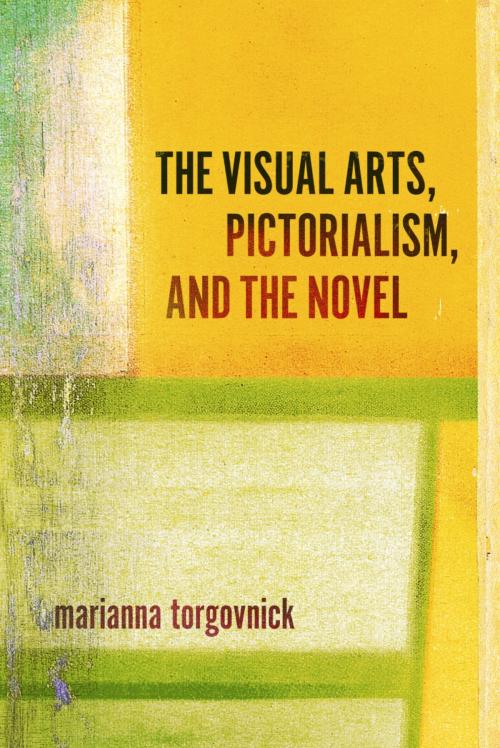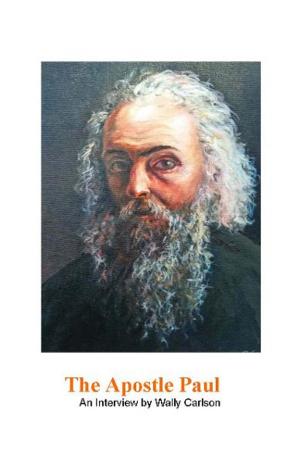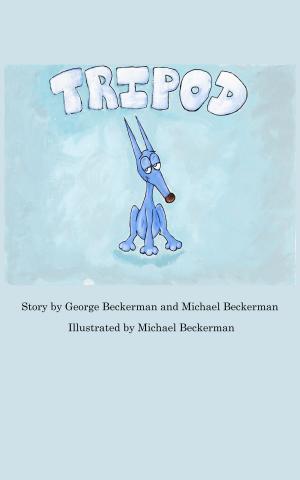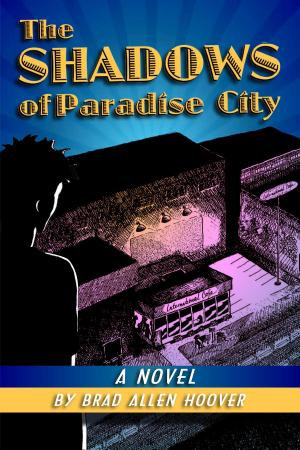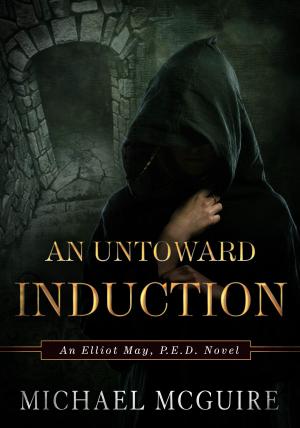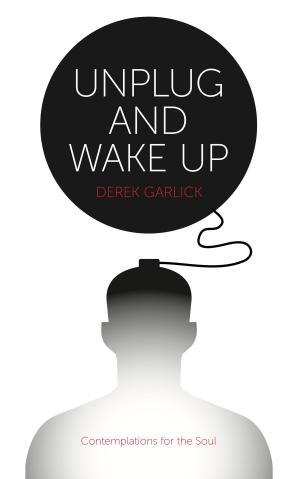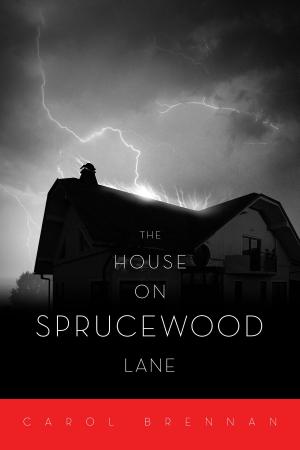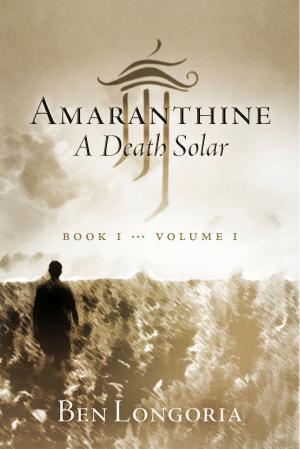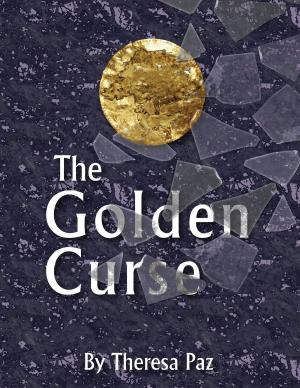The Visual Arts, Pictorialism, And The Novel
Fiction & Literature, Literary Theory & Criticism, Books & Reading| Author: | Marianna Torgovnick | ISBN: | 9781623094713 |
| Publisher: | BookBaby | Publication: | August 1, 2012 |
| Imprint: | Language: | English |
| Author: | Marianna Torgovnick |
| ISBN: | 9781623094713 |
| Publisher: | BookBaby |
| Publication: | August 1, 2012 |
| Imprint: | |
| Language: | English |
What do we “see” when we read a novel? How do writers make us see it? Marianna Torgovnick maintains that it’s worthwhile to think about novels in terms of the visual arts—in part because so many important writers did. With special attention to novels by Virginia Woolf, D.H. Lawrence, and Henry James, as well as to illustrated novels, this book uncovers how novels use the visual arts to generate meanings in some of the same ways that films do. It’s a classic interdisciplinary study of how novels think in terms of pictures and make readers think that way too.
What do we “see” when we read a novel? How do writers make us see it? Marianna Torgovnick maintains that it’s worthwhile to think about novels in terms of the visual arts—in part because so many important writers did. With special attention to novels by Virginia Woolf, D.H. Lawrence, and Henry James, as well as to illustrated novels, this book uncovers how novels use the visual arts to generate meanings in some of the same ways that films do. It’s a classic interdisciplinary study of how novels think in terms of pictures and make readers think that way too.
